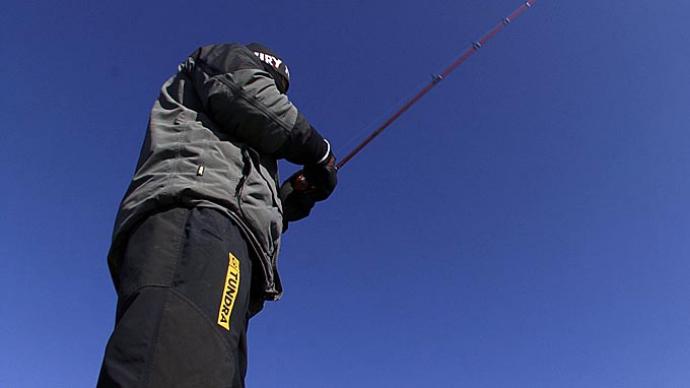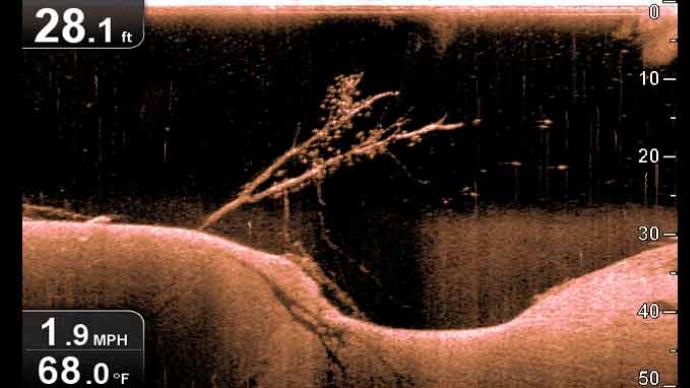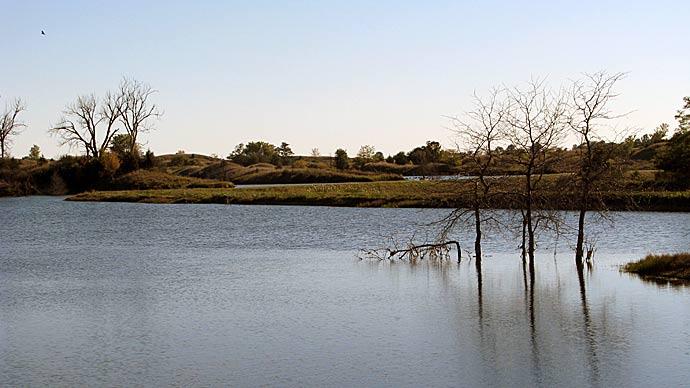
The best we can tell, there are somewhere between 5-6,000,000 private ponds and lakes in the United States. Just to see them all, it would take 68 years...if we looked at 200 a day.
That's a lot of ponds.
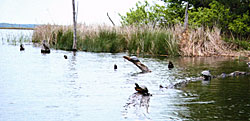
As ponds age, habitat changes. Standing timber falls, organic matter dissolves around the edges, heads to the bottom and silt rills in the edges and deepest channels. At some point, the habitat you want for game fish and their prey declines. You won't have as much good bass or bluegill habitat while other habitat grows. an goes the habitat, so goes its inhabitants.
How in the world do you replace habitat that disappears with age?
Here's job one. Know your species and how they live. Understand their habitat. Make a plan to replace habitat as needed.
There are many ways. Expensive, inexpensive and down right cheap.
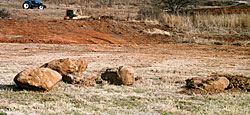
The most expensive is to drain the lake, hire an excavator and dump truck and dig. The next costliest is to hire someone to add brush piles, rock piles or concrete blocks. The least amount of money is spent by "do it yourselfer's." Talk the local hamburger joint out of some five gallon pickle buckets, cut some four inch diameter tree limbs, buy some concrete and go to work.
But. no matter what you choose, put it in the "right" place.
Most fish spawn in shallow water. Bluegill prefer to hide in dense cover. Bass like "fluffy" cover, off points in shallow water with quick access to deep water.
Fish want to be able to spawn, feed, hide and loaf. Provide all that, and your old pond will act like a new one.
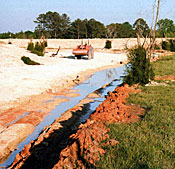
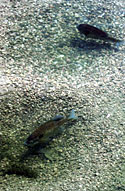
One thing people tend to miss is that habitat is a series of events and physical things that combine to allow a species to perpetuate and thrive. Too many folks think they can simply add some Christmas trees in the pond bottom and all things become good. Think through this process rather than just tossing something into your pond.
If you are blessed with an aging pond, please evaluate its habitat and replace it. If you have bass, learn what bass need. If you have bluegill, study what bluegill need. If you have small mouth bass, learn what they need. Then, provide it.
Reprinted with permission from Pond Boss Magazine

